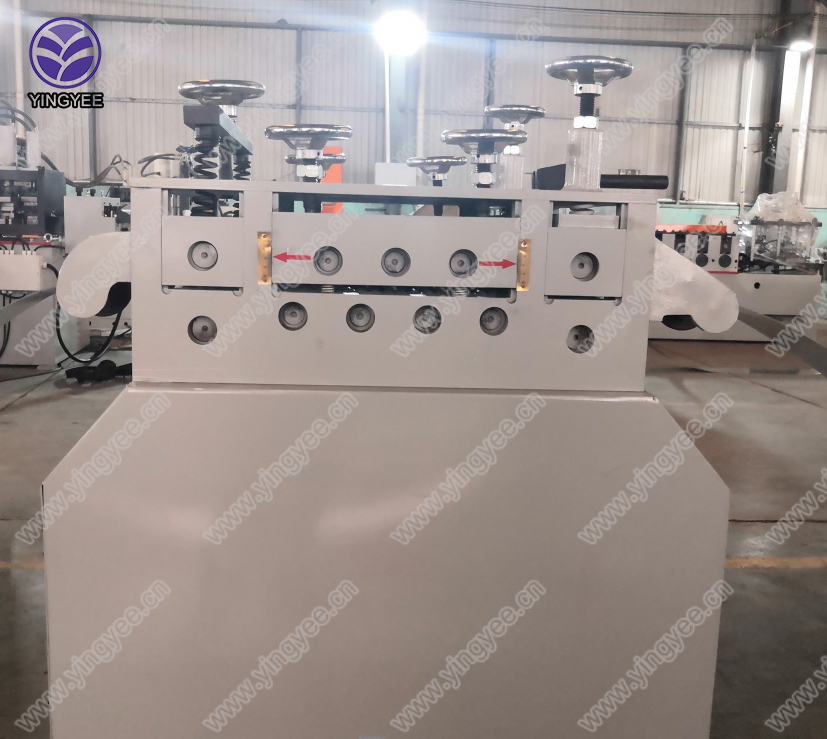
Understanding the Crash Barrier Roll Forming Machine
In an era where vehicular safety is paramount, the development and implementation of crash barriers have become increasingly important. These barriers are not only essential for preventing accidents but also for minimizing the severity of collisions when they do occur. A critical component in the manufacturing process of these crash barriers is the crash barrier roll forming machine, a sophisticated piece of equipment that plays a vital role in creating these safety structures efficiently and effectively.
What is a Crash Barrier Roll Forming Machine?
A crash barrier roll forming machine is specialized machinery designed to produce crash barriers by shaping metal sheets into specific profiles through a continuous process. The roll forming process involves passing the metal through a series of rolls, which gradually bend and shape it into the desired configuration. This method is highly efficient, allowing for the mass production of uniform barriers that can withstand significant impact forces.
Key Features of the Machine
The crash barrier roll forming machine comes equipped with several features that enhance its functionality and efficiency
1. High Precision The machine is designed to maintain tight tolerances, ensuring that the final product meets stringent safety standards. Precision is crucial in the manufacturing of crash barriers as even minor discrepancies can affect their effectiveness.
2. Versatility These machines can often be adjusted to create different types of barrier profiles, accommodating various designs and specifications, which are important for different road conditions and safety requirements.
3. Robust Construction Given the nature of the materials being processed, the machine is built to withstand significant wear and tear. High-strength steel and durable components ensure that the machine can operate under demanding conditions.
5. Easy Maintenance To ensure long operational life and minimal downtime, these machines are designed for easy maintenance, allowing operators to perform routine checks and repairs with relative ease.

The Production Process
The production process of crash barriers using a roll forming machine typically involves several steps
1. Material Preparation High-quality steel coils are prepared for the roll forming process. These coils are selected based on their strength and durability to ensure maximum impact resistance.
2. Roll Forming The prepared steel coils are fed into the machine, where a series of rollers shape the flat sheets into the desired profile. This process can be adjusted for thickness and height depending on specific needs.
3. Cutting and Finishing After the forming process, the barriers are cut to the required lengths, and any finishing processes, such as painting or galvanizing, are undertaken to enhance appearance and corrosion resistance.
4. Quality Inspection Each batch of crash barriers undergoes rigorous quality checks to ensure they meet the required specifications and standards.
5. Packaging and Delivery Once the barriers pass inspection, they are packaged for delivery to various construction sites or storage facilities.
Conclusion
The crash barrier roll forming machine is an indispensable part of road safety infrastructure. It not only aids in the efficient production of high-quality crash barriers but also plays a crucial role in the overall safety of road users. By investing in advanced roll forming technology, manufacturers can ensure they meet growing safety demands while maintaining operational efficiency.
In conclusion, as traffic volumes continue to rise and the importance of road safety becomes ever more pronounced, the role of the crash barrier roll forming machine will be vital in shaping safer roads for the future.